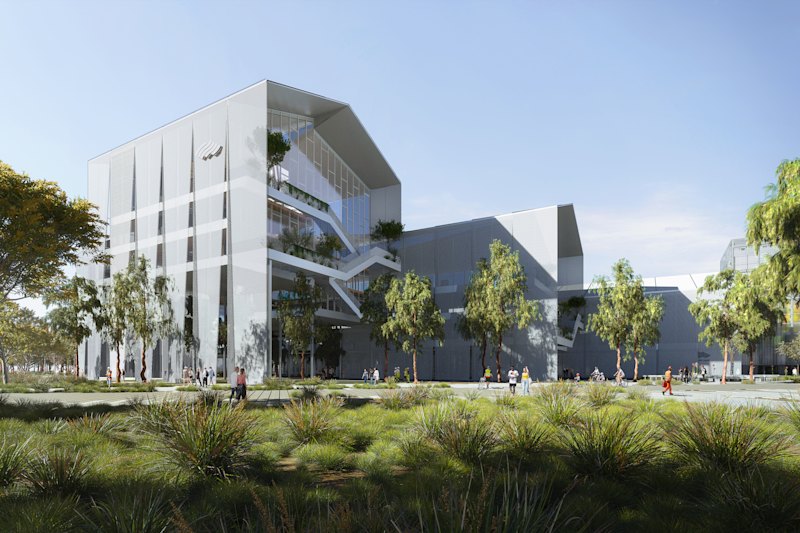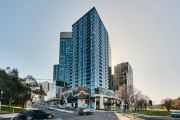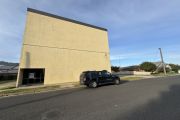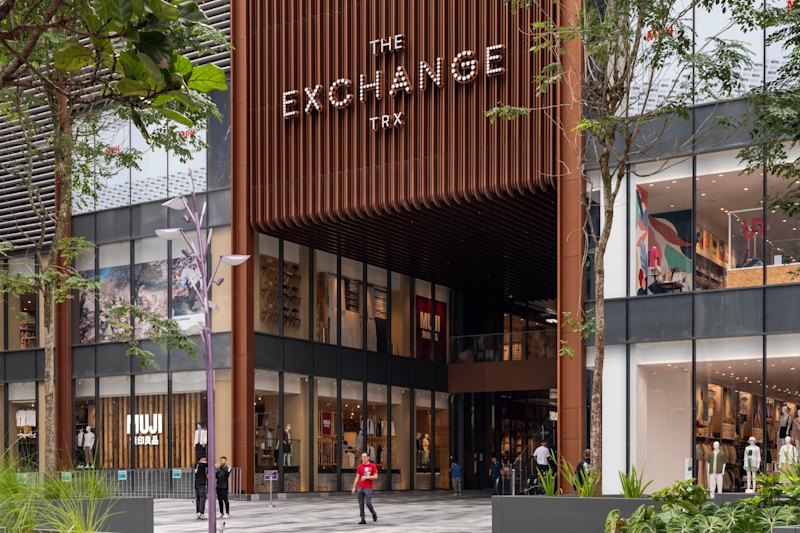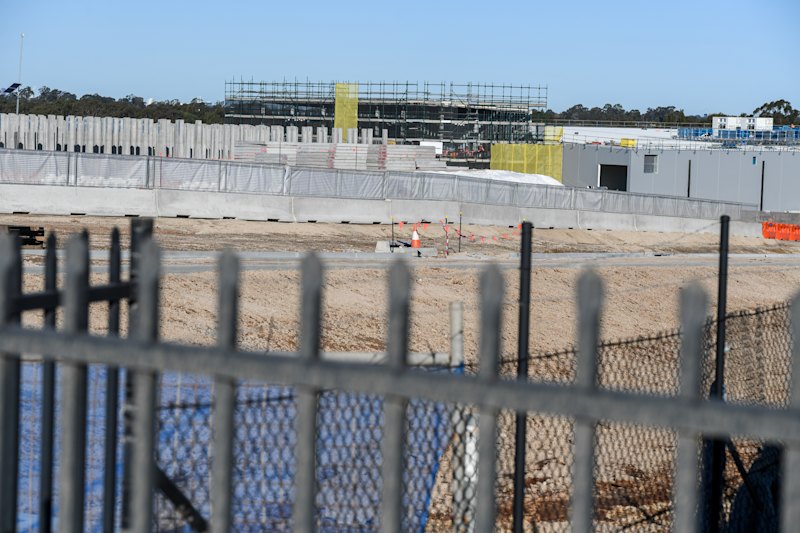
Big tech race for data centres drives up land prices
Data centre operators are paying a premium for industrial land in Melbourne and Sydney, dragging average land rates higher and posing stiff competition for developers from outside the high-tech sector.
In some cases, global technology firms such as Microsoft and Amazon have paid more than double the typical land value per square metre to snap up properties suitable for hosting a data centre, analysis of property records and industry sources reveal. Local operators are also bidding up land prices.

The race for space is expected to intensify with the number of Australia’s data centres likely to more than double by 2030, according to a Moody’s report released on Wednesday.
Australia constitutes the third-largest data centre market in the Asia-Pacific region already, with the second-highest cloud-computing adoption rates, it said. Data demand is rising at more than 10 per cent annually, with hyperscalers such as Amazon, Microsoft and Google committing more than $25 billion towards their computing capacity here.
More than $2.4 billion in data centre transactions occurred in the second quarter of this year alone, led by the Future Fund’s $1.9 billion joint investment with New Zealand-based firm Infratil in CDC – the largest sector deal ever recorded in Australia, according to MSCI research.
But as data centre operators spend big and stake out real estate for their facilities, other developers and users of industrial land may increasingly be priced out and pushed into areas with fewer services, property market analysts say.
In one Melbourne deal which settled at the end of last year, Amazon paid $71.2 million for a 12-hectare property – nearly $600 a square metre – in an undeveloped section of Craigieburn, in the city’s north. Industrial land typically sells for no more than $300 a square metre, market sources said.
By comparison, the Amazon property is close to a 41-hectare land parcel Frasers Property Industrial bought from Cadence Property Group in 2023 for $87 million – at just $212 a square metre.
Similarly, Microsoft purchased a 6.55-hectare property in Tullamarine, in the city’s north-west for $60.5 million in October 2021, which will be home to its Garden Drive data centre, property records show.
The typical land value at the time of the sale was just $450 a square metre and Microsoft paid about $917 a square metre – nearly double the average.
Sydney has triple the amount of data centres planned, operating or under construction that Melbourne has, and the competition for space is just as fierce.
Major local data centre players NextDC and CDC purchased properties at Eastern Creek in Sydney’s west and at Marsden Park in the north-west for about $1368 and $1434 a square metre, respectively – upwards of 10 per cent higher than the typical industrial rate which was $1250 a square metre at the time of the sales in 2024, according to sources familiar with those markets.
However, not all industrial land is suitable for hosting data centres.
Gavin Bishop, industrial and logistics managing director at Colliers, said an industrial property needs adequate power supply and water access as well as being in a so-called “availability zone” – an area where there is a grouping of one or more separate data centres – for a facility to be built on the land.
“If it ticks all those boxes, and power being predominantly the main one, then absolutely, data centres can pay more than industrial developers can pay for the land. So it does increase the value of land,” Bishop told The Australian Financial Review.
JLL’s logistics and industrial head Ben Hegerty said specific areas within data centre activity zones which had the right power infrastructure were likely to be highly sought-after by data centre groups.
“However, land situated outside these zones lacks the associated premium, resulting in pricing aligned with traditional industrial fundamentals consequently leading to lower or stagnant growth,” Hegerty said.
“A notable mitigating factor is the substantial land acquisition by these groups, which will inevitably influence pricing dynamics.
“This is due to supply and demand factors affecting the industrial market … reduced land availability results in fewer options, potentially driving prices upward in the long term.”
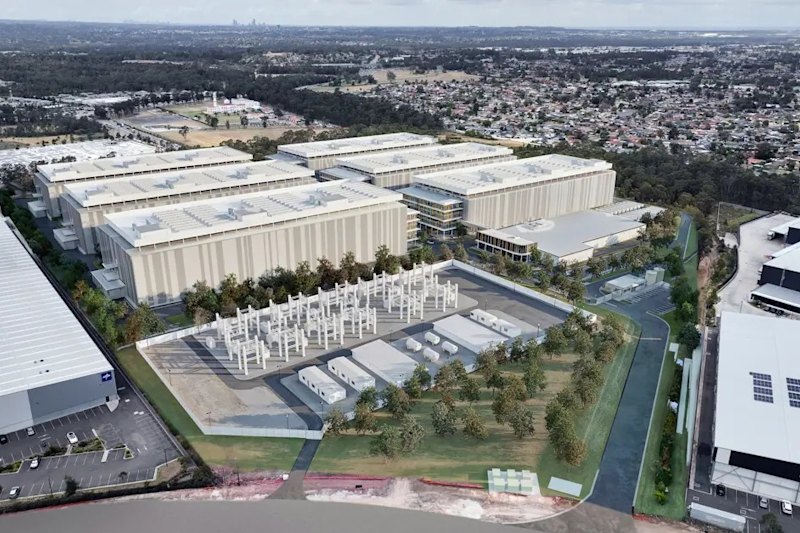
A 76-hectare site at 960 Donnybrook Road in Melbourne’s north is being put up for sale by AV Property Group, a residential developer that has acquired home builder AVJennings, and by CVC Limited, which is a major investor in data centres.
The listing is being managed by LAWD’s Peter Sagar, Paul Callanan and Henry Sayers as well as Colliers’ Nick O’Brien and Mitch Purcell.
While market sources suggest the industrial land value is around $160 million, or about $210 a square metre, the site is located near other proposed data centres which could push its price up.
It is also close to the planned Donnybrook Terminal Station expected to be completed by 2028-29, which could provide power to this potential data centre hub.
“Given the rapid evolution of this precinct into a key industrial and data centre hub, this asset offers the very scarce combination of scale and planning certainty, which we think will be in high demand in the current market,” LAWD’s Henry Sayers said.
Nick O’Brien, industrial and logistics national director at Colliers, said Melbourne’s north was experiencing a jump in data centre development, with sites covering about 99 hectares in due diligence with respective operators throughout the submarket.
“Reported land rates for assets currently in due diligence with data centre-related acquisitions having transacted in Melbourne’s north in the last 12 months range from 70 to 100 per cent above likely land rates achievable for traditional industrial uses,” O’Brien said.
About 30 per cent of industrial land supply in Melbourne’s north and outer north was in due diligence for data centres over the next three to five years. That land might otherwise have been available for other industrial uses such as logistics, warehousing and manufacturing, he added.
“The available land supply for traditional industrial will be somewhat more subdued than we think it will,” O’Brien said.
Dr Huadong Mo, systems engineering senior lecturer at the University of NSW, said large data centre operators in Melbourne and Sydney often paid premiums for industrial land, prioritising access to high-voltage power and substation proximity.
“This drives up land prices, pushing many non-DC [data centre] industrial users and developers to outer-ring or less-serviced areas,” Dr Mo told the Financial Review. “Higher acquisition costs flow through to rents, squeezing cost-sensitive tenants and altering the mix of available industrial uses.
“For non-DC players, opportunities exist in partnering with DC operators, leveraging grid upgrades, targeting low-power uses, or pursuing outer-ring or brownfield developments.”
Strategic advocacy and contractual measures could help preserve industrial diversity and equitable access to infrastructure in areas where data centres competed directly with other industries for scarce, high-value sites, she added.


